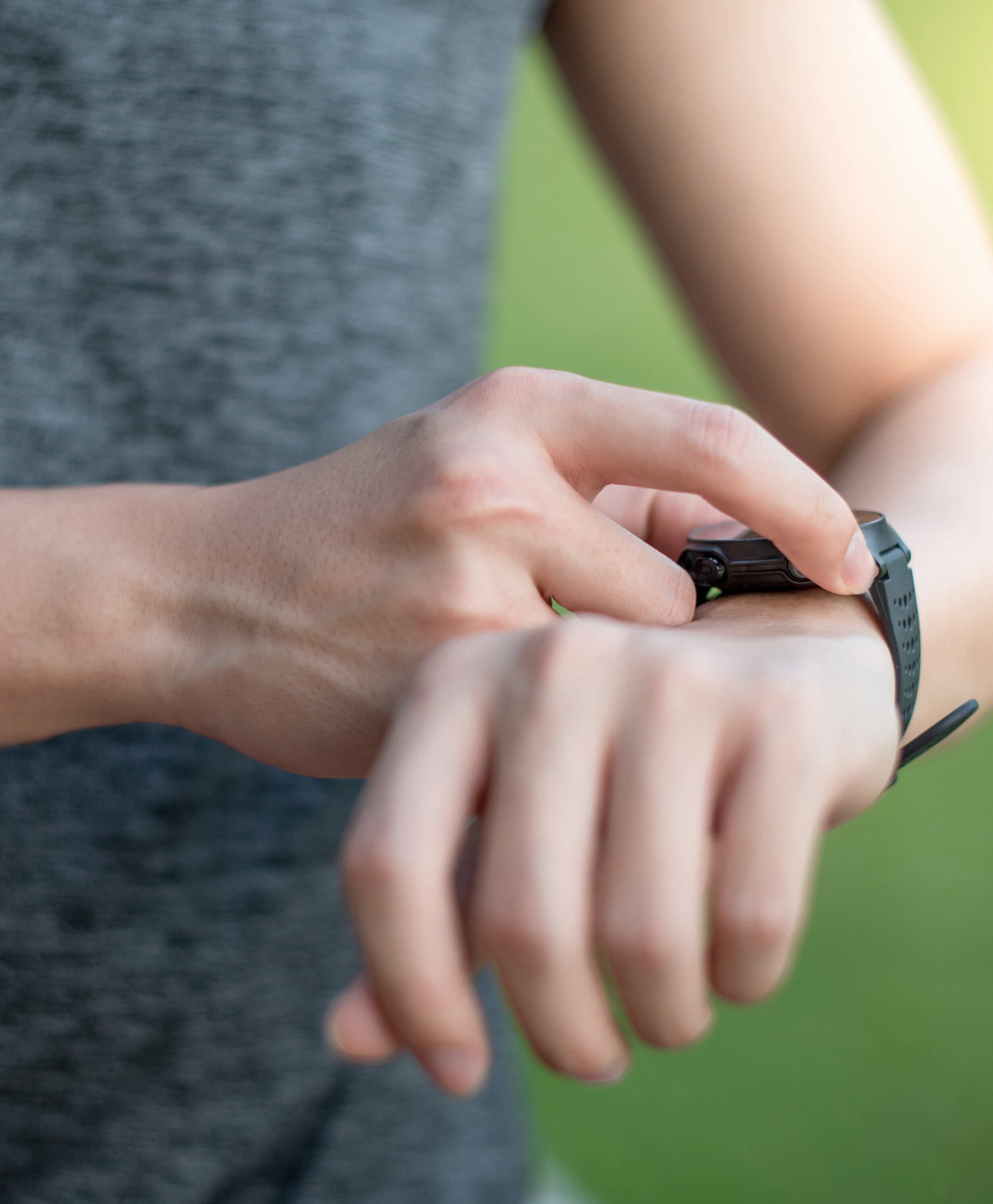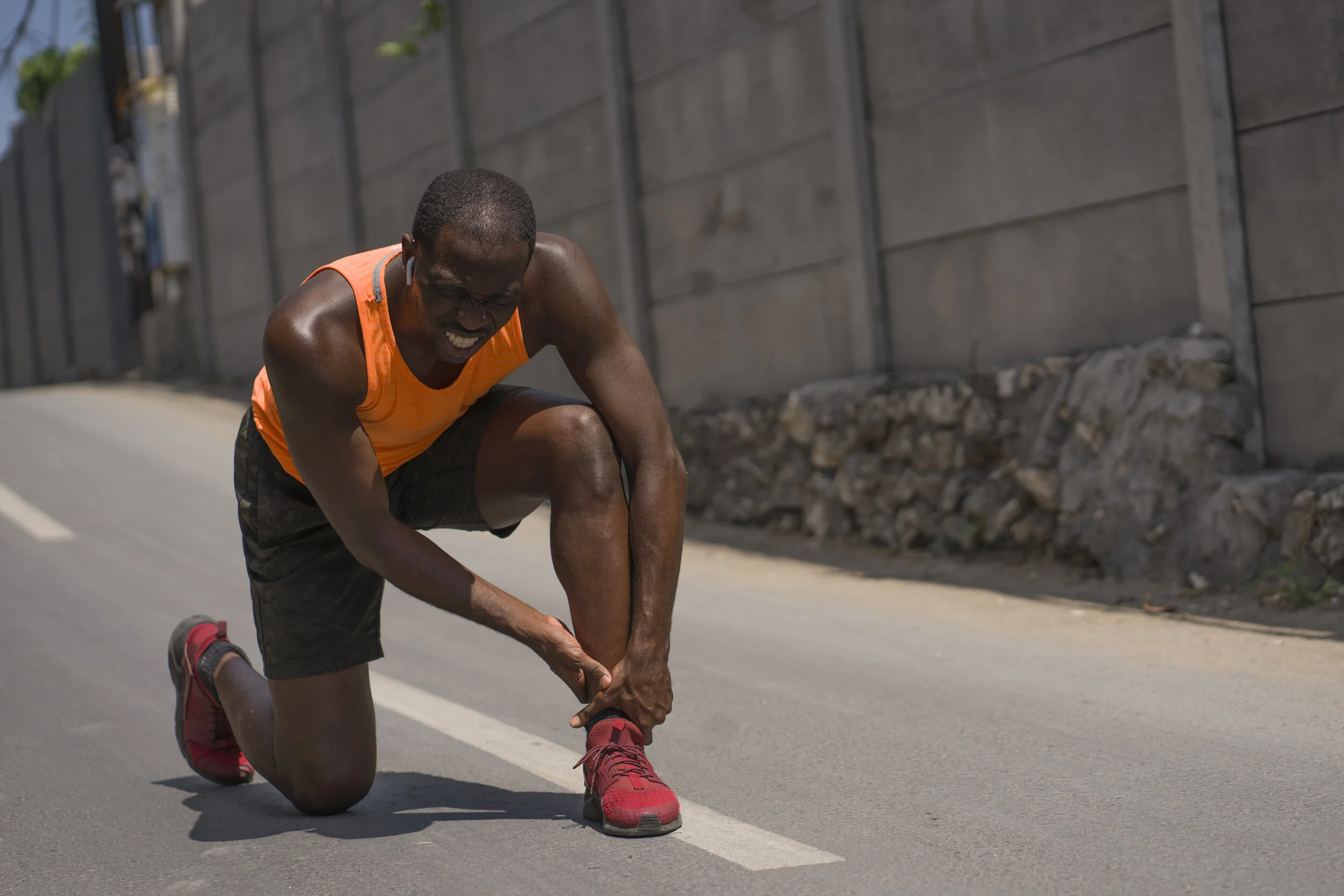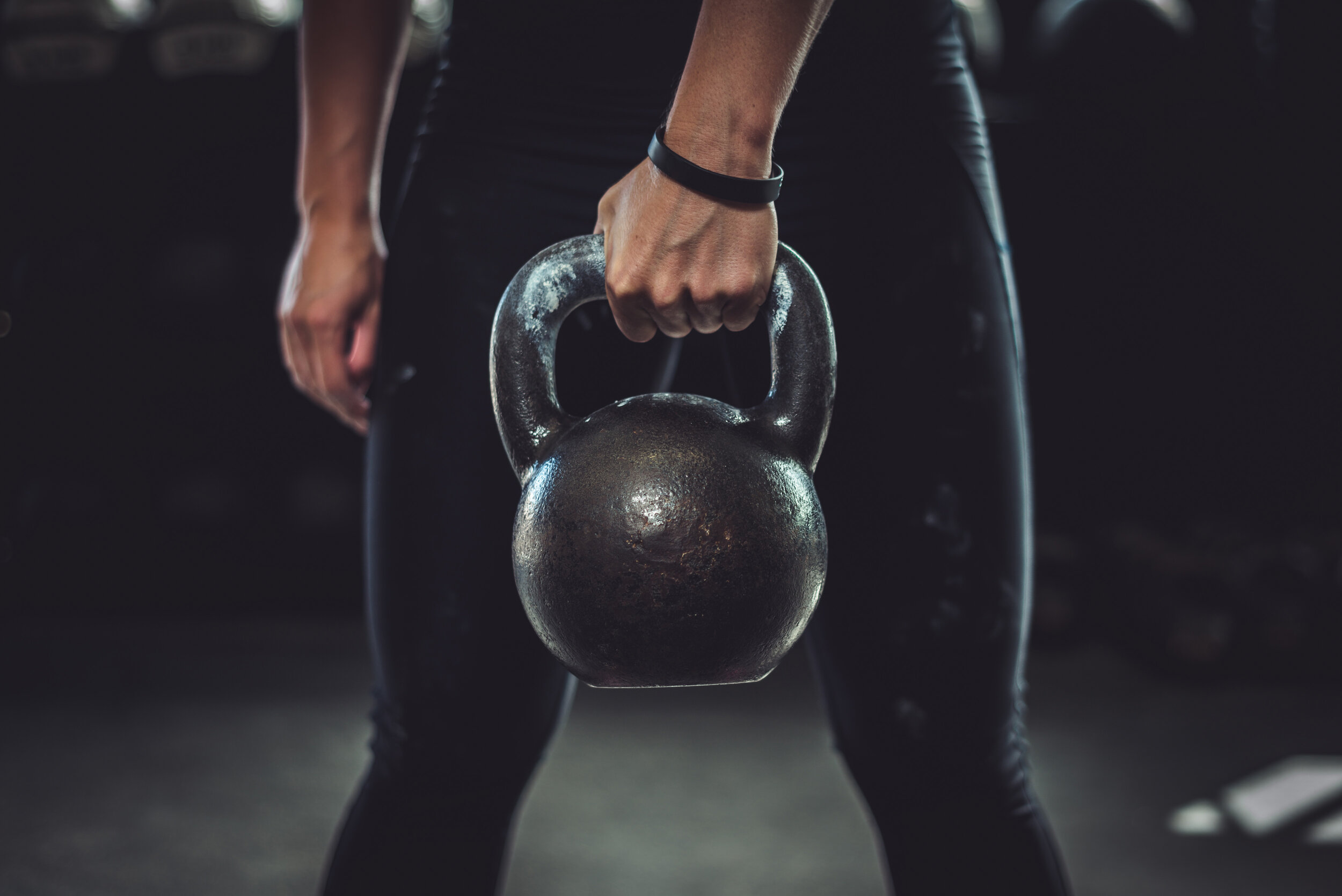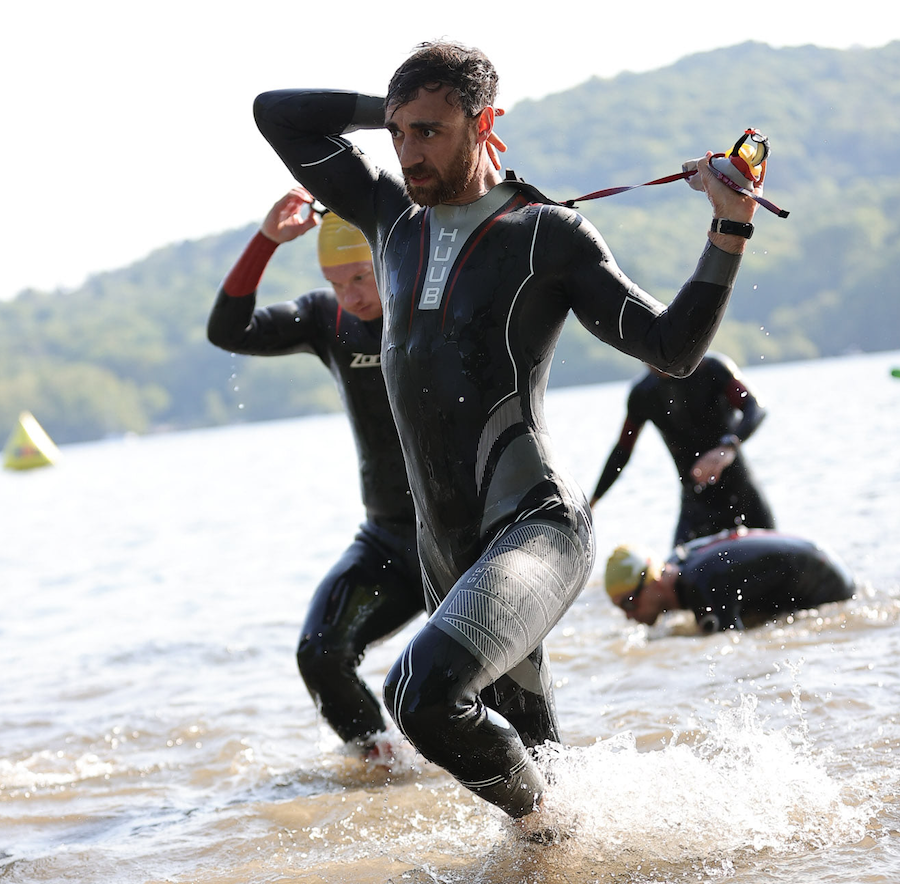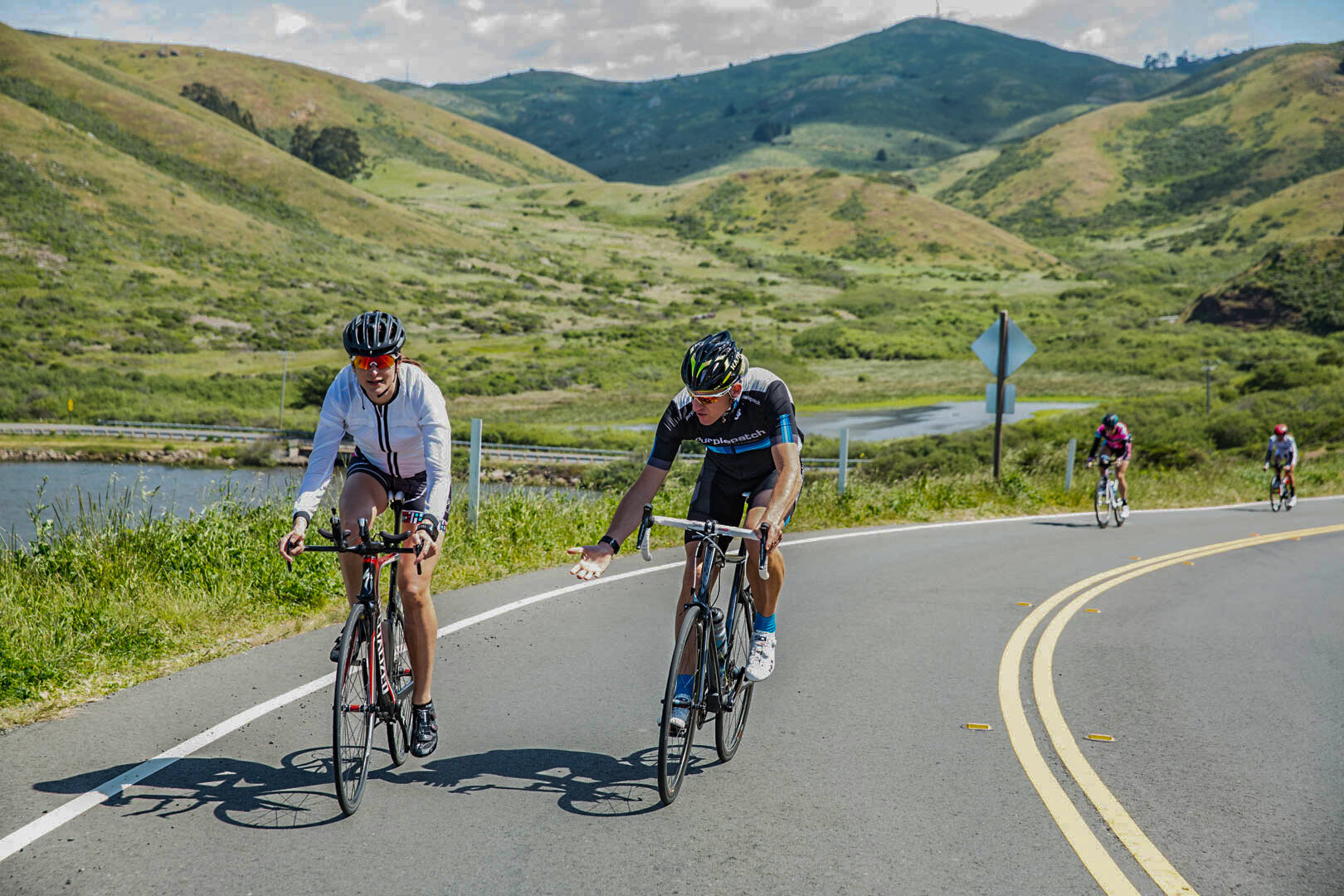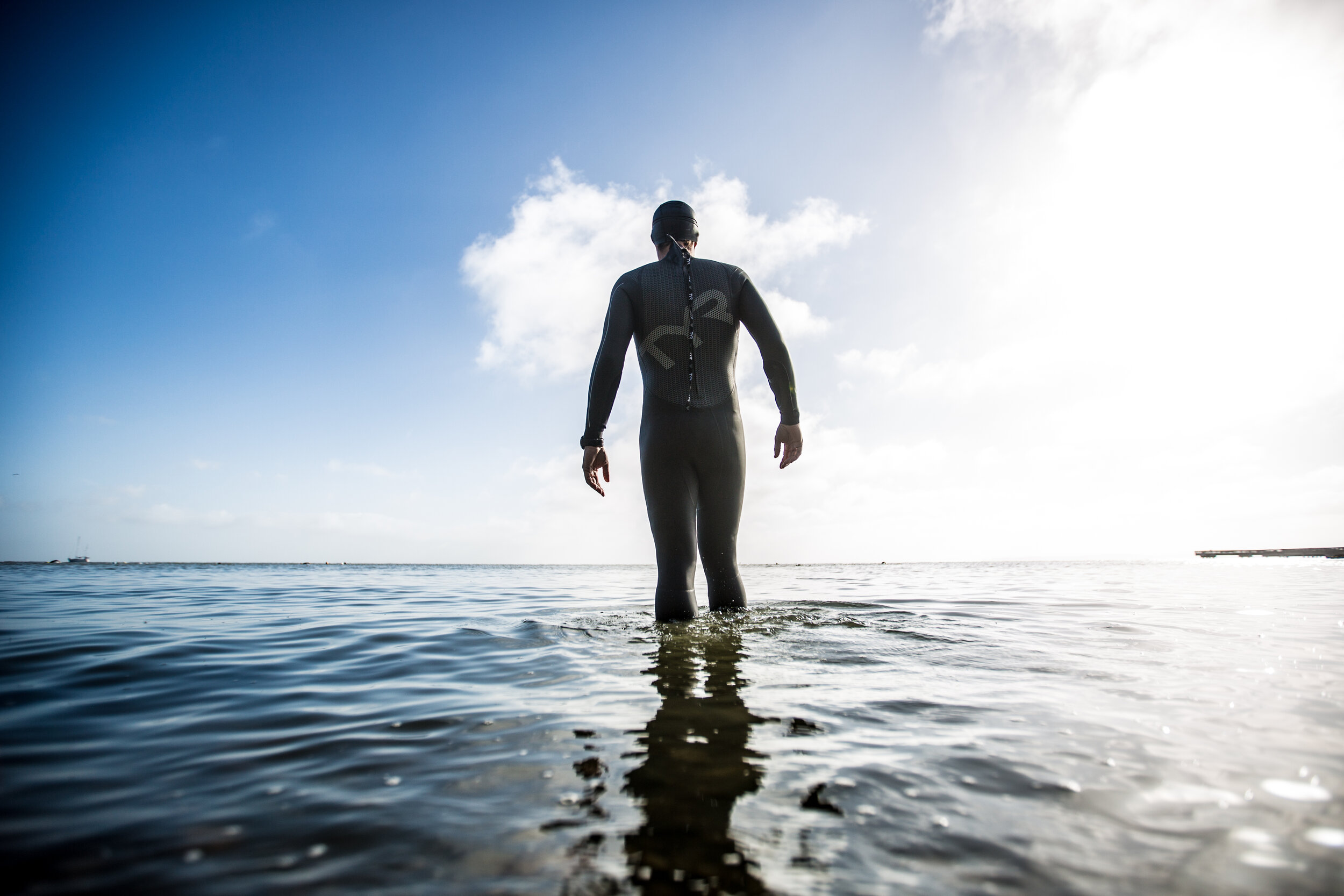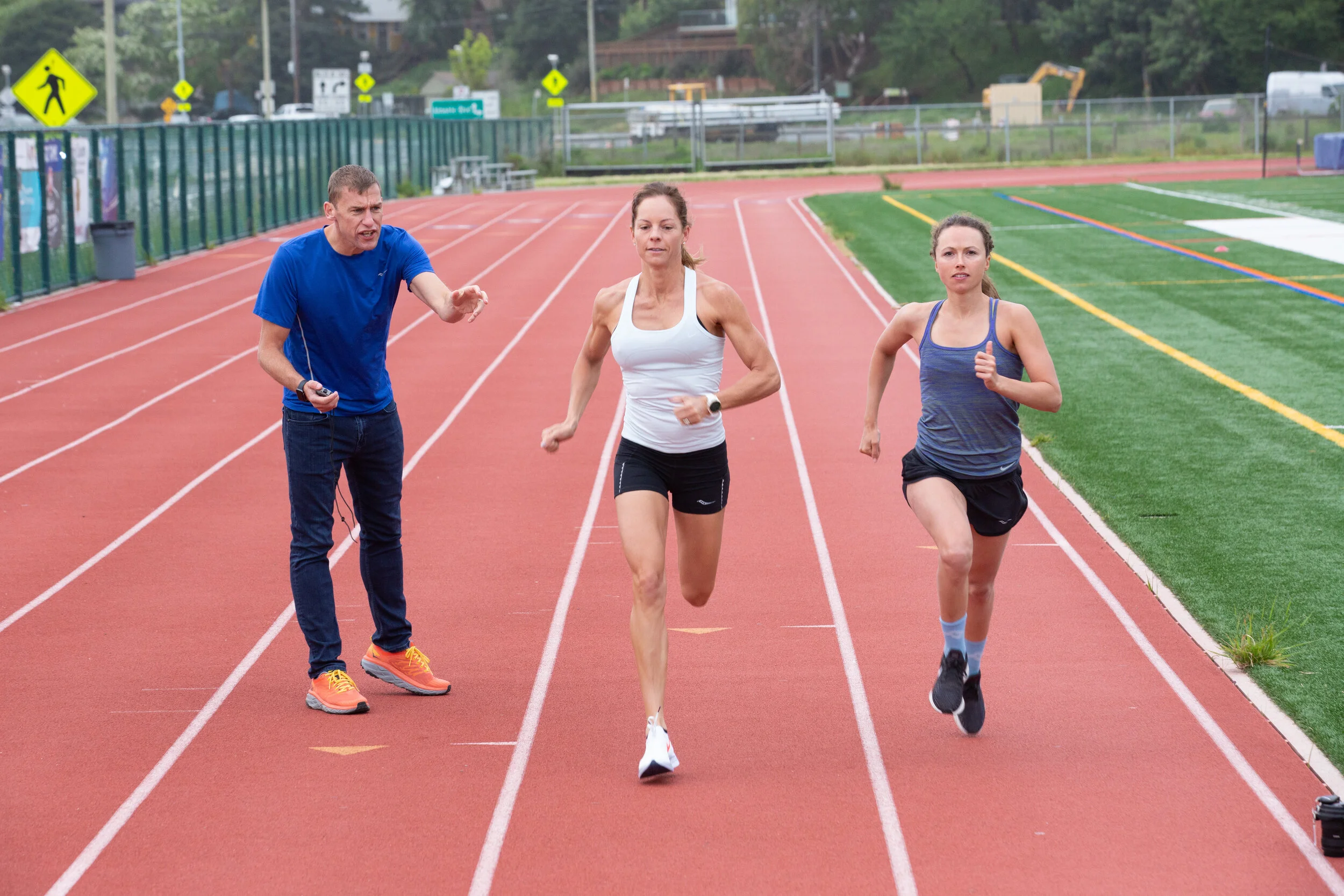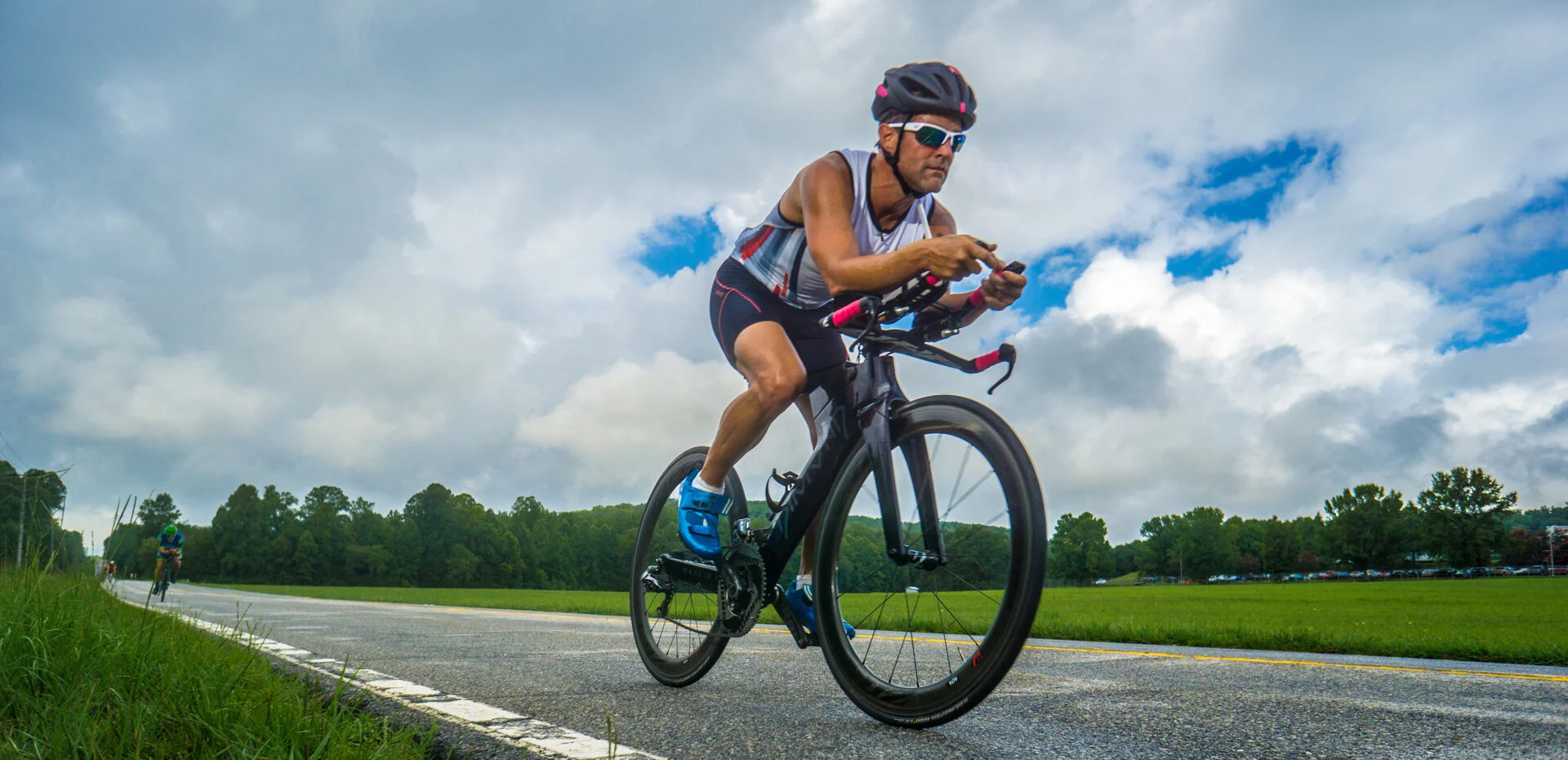The world in 2021 is overloaded with data and data tracking devices, and this trend is magnified in the endurance sports world. There is no shortage of data obsession within our ecosystem. There is nothing inherently wrong with data and data tracking devices. Still, we must always keep in the forefront of our minds that they are only tools. The most potent metric we have access to as performance enthusiasts is our thoughts and feelings. Today, I’m aiming to frame the multitude of positive uses data tracking can have on your performance and well-being as a whole. I approach this subject with an air of caution, however. Do not let yourself get bogged down with an overload of information. If data-tracking devices constantly control how you behave and train, you need to rethink how you use them. Getting in tune with your body intuitively will not only make you a better athlete and allow you to enjoy the performance journey more thoroughly.
Read MoreThere continues to be a pervasive narrative that endurance athletes, runners, cyclists, etc., should mimic the way they train for their sport in the gym, i.e., a high number of repetitions and a low weight. We now know that lifting heavy with lower reps, and heavy is personal for every athlete, can be tremendously beneficial for endurance athletes of all ages and backgrounds. Today, we will explore how you can incorporate heavy lifting into your strength training regime. We will also examine the reasons why heavy lifting can be such a great performance catalyst for endurance athletes.
Read MoreYou train hard for your events, with laser focus getting narrower as races approach. No stone unturned, every detail covered. Is this going to be your breakthrough performance? It could well be, but the truth is that the most significant predictor of performance breakthroughs and continued progression in any sport is down to a surprising part of your season; how you execute the off-season triathlon training. I consistently observe that the single greatest performance predictor is how folks tackle the period between their last race of the season and when they return to focused training for the following year. Seldom do we see athletes achieve continued high performance without getting this part of their season right, so let’s outline a blueprint for success this off-season.
Minor illness is an inevitability during every athletes’ journey. Knowing when to keep pushing and when to back off from training is valuable knowledge for getting the best out of your season. Today, I will outline the fundamentals of training that dictate the reasons behind backing off or pushing through during illness.
Minor illness is an inevitability during every athletes’ journey. Knowing when to keep pushing and when to back off from training is valuable knowledge for getting the best out of your season. Today, I will outline the fundamentals of training that dictate the reasons behind backing off or pushing through during illness.
We all want a quick fix for our problems, the easy road. Unfortunately in life and sport, there are very few shortcuts. Although supplements have their place in a busy performance-based lifestyle for triathletes and endurance athletes, they cannot be the foundation on which an athlete or coach relies for progress. Supplements should never replace the fundamentals, specifically, good training, a strength routine, rest, and proper nutrition. If supplementation is used, it must be carefully tailored to meet the needs of the person and athlete. You should never just blindly follow the latest trend in sports media or chase supplement company marketing claims.
Unfortunately, injuries are an inevitable part of most triathletes’ careers, but they don’t have to be career-ending or even season-ending. The classic approach, take a few weeks (or months) off training, then jump back in where you left off, is flawed and likely to extend injury recovery time and lead to future injuries. We will reframe how you think about injuries and advocate for more patient and thoughtful injury recovery and prevention methods. We will top this off with a quick and dirty step-by-step guide that details the fastest and safest route to return to racing.
The triathlon community doesn't shy away from hard work, and it's universally accepted that training hard (and smart) will lead to performance gains. However, what has yet to be instilled in the minds of most triathletes and cyclists that riding fast is not just about power output, but good bike posture. There is a right way and a wrong way to ride a bike, and it's not highly dependent on having the 'perfect' bike fit. Today, we explore the art of riding and highlight some key pointers that can help improve good bike posture and make you a faster cyclist.
Read MoreIt’s no secret, strength training isn’t an option. Purple Patch training is grounded in a strong foundation of functional strength training, elevating the swim, bike, and run found in endurance sport. We’ve shown the importance of year-round strength training and how it needs to become a habit in your regular training schedule. The good news is you don’t need an expensive gym membership to achieve your strength goals.
Read MoreOne of the more challenging components for many multi-sport athletes is improvement in swimming. Adult onset swimmers typically face a long learning curve to meaningful improvements in the most technical discipline of the sport. It’s an age old question: What is more important, swimming technique or swimming fitness?
Read MoreThere is something more important than just running fast, that’s proper running form. Fast, efficient running over the course of an endurance event doesn’t come without first honing in your proper running form. We take a look at the myths, strategies, and key elements in order to make your running form the best it can be. Our goal is to simplify what works, and make it accessible to help athletes improve their running and reduce risk of injury.
Read MoreAs IRONMAN coach Matt Dixon has earned the label of the ‘Recovery Coach,’ it seems only fitting that Purple Patch and it’s coaching staff would build a one-stop shop for everything recovery for sport and triathlon. This recovery guide is all you will ever need as an athlete or triathlete to help you recover quickly, and prepare you for upcoming efforts.
Read MorePost-race assessment strategies help inform you not only for how you fared in each race, but also how to apply to your future training and racing to ensure growth. We provide a toolkit to help you assess your race, and how you can use it to improve future races.
Read MoreTrusting your triathlon coach is difficult for many athletes. Your performance and expectations are deeply personal. Most of us just can’t blindly put that into the hands of someone else and blindly expect long-term performance elevation. There is an important perspective, mindset, and action that can enable a coaching relationship to flounder or flourish.
Read MorePerformance in sport arrives from a consistent commitment to apply specific training that will yield positive physiological adaptations. Specific Training is a critical consideration when you go about triathlon training while navigating a time-starved life that is full of stress for a myriad of reasons. You must train hard, consistently, but your hard work will not yield performance gains if you cannot achieve positive adaptations.
Read MoreStrength programming is core to the Purple Patch training methodology. It is a must-do for our athletes and an element of our ‘secret sauce.’ While we integrate weights in the Purple Patch strength programming, you will find a low-cost, versatile piece of equipment at the forefront: Resistance Bands. The benefits of Resistance Bands are wide-ranging and bring unique physiological benefits to endurance sports.
Read MoreThere are many ways to incorporate running drills into your training. For most Triathlon programs, running drills are all thrown into the same bucket as something that is done at the beginning or end of a workout. At Purple Patch, we use specific exercises before
Read MoreShoe choice for the run, getting the right bike, wheel choice, even getting fit on the bike are all important components of the journey to arrive race ready. With all this prep, there is one piece of equipment that doesn’t get the attention or focus it deserves -- your bike seat of choice. The Bike seat is one of the most important yet overlooked components of your race performance.
There used to be a time that participating in endurance sports meant hopping on a bike, or stepping into a pair of running shoes, and heading into the great outdoors for adventures. Perhaps the only metrics tracked would be duration or mileage accumulated
Read MoreProtein is, without question, something that needs to become a non-negotiable staple to provide an endurance athlete good nutrition. Whether a plant-based athlete or a steak-loving athlete, protein is incredibly vital. So, why is good nutrition, specifically protein, important for endurance athletes?
Read More




